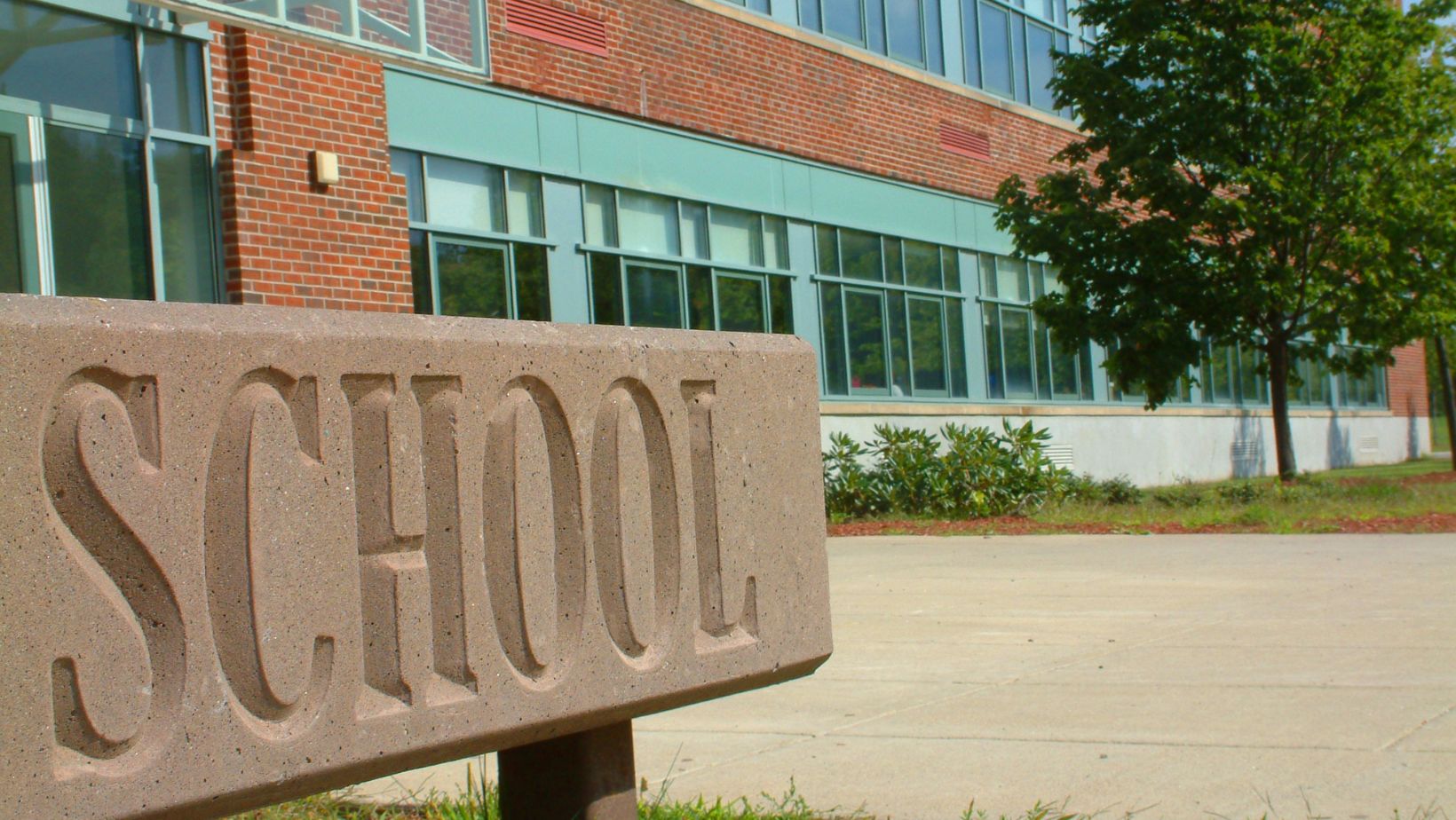Choosing a place to live in the Greater Toronto Area (GTA) is significantly influenced by the availability and quality of education. For families, this is often a deciding factor. This comprehensive guide delves into the various educational options available in the GTA, encompassing public and private schools, specialized educational programs, and key considerations for selecting a neighborhood based on its educational offerings.
Public and Private Schools in the GTA
Public Schools
The GTA’s public education system is managed by four major school boards. Each board offers unique programs and schools with high reputations. Notable examples include:
- Earl Haig Secondary School in North York, renowned for its gifted program and the acclaimed Claude Watson Arts Program.
- North Toronto Collegiate Institute in central Toronto, known for its strong academic performance and consistently high test scores.
- Maurice Cody Junior Public School in Davisville, celebrated for its academic excellence and inclusive community.
Private Schools
The GTA is home to several prestigious private schools, each offering unique educational experiences and specialized programs:
- Upper Canada College (UCC) in Forest Hill, a leading private boys’ school with a comprehensive curriculum from Kindergarten through Grade 12.
- Branksome Hall in Rosedale, a premier girls’ school providing an International Baccalaureate program.
- Havergal College in North York, an esteemed independent school for girls with a balanced and extensive curriculum.
Educational Programs in the GTA
The GTA schools offer a variety of educational programs to cater to the diverse needs of students:
- Standard and Gifted Programs: While standard programs follow the Ontario Curriculum, gifted programs are designed for students with exceptional intellectual abilities.
- International Baccalaureate (IB) and Advanced Placement (AP): These advanced learning programs are recognized internationally and prepare students for university-level education.
- Special Education Needs (SEN): Schools in the GTA, particularly in the York Region District School Board, are known for their robust Special Education programs, offering comprehensive support and resources.
Choosing a Neighborhood Based on Educational Opportunities
When selecting a GTA neighborhood, several factors related to education should be considered:
- Proximity and Accessibility: The distance and ease of access to preferred schools are crucial. Evaluate public transportation options and the commute from your prospective home to the school.
- School Rankings and Performance: Academic performance, often reflected in EQAO rankings, is an important consideration. However, a school’s suitability extends beyond rankings to match a child’s specific needs and interests.
- Diversity of Programs: The range of programs a school offers is significant, especially if your child has special interests or learning needs.
- Community and Extracurricular Activities: A school’s community environment and the availability of extracurricular activities can greatly enhance a child’s educational experience.
In-Depth Look at GTA Educational Landscape
Tailoring Education to Individual Needs
In the GTA, education is not one-size-fits-all. Schools offer programs that cater to various learning styles, interests, and abilities. From arts-focused programs to science and technology, the diversity is vast. Parents should consider their child’s unique interests and learning style when choosing a school.
Advanced Learning Opportunities
Schools in the GTA offer numerous opportunities for advanced learning. Specialized STEM (Science, Technology, Engineering, and Mathematics) programs, language immersion programs, and arts-focused curriculums provide students with an enriched learning environment that caters to specific interests and talents.
Community Involvement and Extracurriculars
The role of extracurricular activities in a child’s education cannot be overstated. Schools in the GTA offer a wide range of sports, arts, and academic clubs. These activities not only enhance learning but also contribute to the development of well-rounded individuals. Schools with strong community involvement also provide a supportive environment that can greatly benefit a child’s social and emotional development.
Integration of Technology in Learning
Many schools in the GTA are integrating technology into their curriculum, preparing students for a technologically advanced world. This includes not only the use of computers and tablets in classrooms but also the teaching of digital literacy and coding skills.
The Role of Parents and Communities
Parental involvement and community engagement are key components of the educational landscape in the GTA. Many schools have active parent-teacher associations and offer numerous opportunities for parents to get involved in school activities. This involvement is crucial in creating a supportive and collaborative educational environment.
Conclusion
The GTA offers a dynamic and diverse educational landscape, providing numerous options for families to find the right fit for their children. Whether it’s a public or private school, a specialized program, or a neighborhood known for its strong educational offerings, the GTA has something for every family. By considering factors such as proximity, academic performance, program diversity, and community involvement, parents can make an informed decision that best suits their child’s educational needs and their family’s lifestyle. With its rich array of educational opportunities, the GTA is an ideal place for families seeking a supportive and enriching educational environment for their children.

